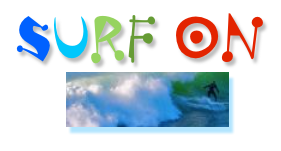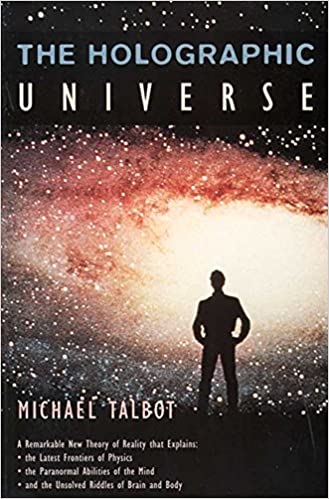
One of the simplest and yet most effective techniques of fiction is “langage overlay.” I first learned about this from the Canadian novelist Douglas Glover. In his essay, “The Novel as Poem,” (in Notes Home from a Prodigal Son, Oberon, 1999), Glover talks about how he dramatically improved the original draft of his first novel with this technique:
My first person narrator was a newspaperman, he had printer’s ink in his blood. [I went] through the novel, splicing in words and images, a discourse, in other words, that reflected my hero’s passion for the newspaper world. So, for example, Precious now begins: “Jerry Menenga’s bar hid like an overlooked misprint amid a block of jutting bank towers…” Or, in moments of excitement, the narrator will spout a series of headlines in lieu of thoughts.
–Douglas Glover
The key word here is “passion.” What is in your character’s world that he or she would feel passionate about? There’s not a linear formula to follow; just take a piece of paper and jot down any nouns, verbs, adjectives, adverbs, phrases, concepts– in short, whatever pops into your mind that might do.
For example, if your character is a doctor, perhaps her world might include:
stethoscope, Rx, nurse, pills, scalpel, sterile, billing, paperwork, white coat, bedside manner, cold corridors, patient, tubes, IV, tongue depresser, “Say ‘ahhh!'”
If your character is a chef, perhaps:
skillet, toque, cooking school, spices, basil, aroma, seasoned, blisters on hands, oven mitt, scalloped potatoes, seared, grilled, boiled, steamed, souffle, sweating in a hot kitchen, hsssss of sausage hitting the oil, Salvadorean pot-washers, waiters, paté, fois gras, freshness, crispness, apron
And surely, with a few minutes and pencil you can add another 10 to 100 more items.
But to continue, let’s say your character is a beekeeper:
Bees, hives, smoker, sunshine, blossoms, clover, lavender, moths, gnats, sting, hive tool , veil, gloves, seasons, orchards, Queen, drone, worker, nectar, pollen, propolis, furry, wings, extractor, candles, farmer’s markets, bottles, pans, wax, comb, jars, raspberry, apple, recipes, candy, pesticides, “ouch!” mites, cold, wind, directions, forest, nature
Or a shaman:
drum, flutes, shells, spells, chimes, stones, nature, mmm-bb-mmmm-bb, animals, wolves, robes, chants, tent, walking, dancing, running, wind, rain, sun, moon, stars
A writing conference organizer (this went over with a few chuckles at the San Miguel Writers Conference last year):
Internet, paper, books, authors, per diem, agents, writers, money, volunteers, hotel, telephone, e-mail, facebook, “what’s he published?”
Of course you needn’t incorporate everything on your list anymore than you would eat everything laid out on a smorgasboard. Browse, sniff, nibble, gorge, ignore– as you please.
To give you an example from my own writing: one of the main characters in my novel, The Last Prince of the Mexican Empire, is Maximilian von Habsburg, the Austrian archduke who became Mexico’s ill-fated second emperor. One of the techniques I used to find my way into his point of view was, precisely, language overlay. Before coming to Mexico, Maximilian had served as an admiral in the Austrian Navy, so no doubt he would have used or oftentimes thought of such words as:
starboard, deck, batten the hatches, gimbles, compass, bridge, wake…
In short, I made a long messy-looking list and kept it pinned to the bulletin board by my desk. I also used a Thesaurus, adding terms I didn’t think of right away: “kedge” was one. So I had a scene where, in land-locked Mexico City of 1866, Maximilian informs his aide that they’re going on a brief vacation to Cuernavaca. “We’ll just kedge over there…” Ha! Kedge! One of those perfectly precise words that makes novelists unhunch from their laptops, raise both fists and shout, YEEEE-AH!!! Which, you can be sure, will startle the dog.
The exercise I always give my writing workshop students:
First make your language list for the doctor. Then, in 5 minutes (about a paragraph), have him take a cooking class.
Douglas Glover’s essay “The Novel As Poem” is such an important one for any creative writer to read, I would recommend buying the collection, Notes Home from a Prodigal Son, for that alone– but the collection does in fact include many other excellent and illuminating essays. Visit Glover’s website here.

Conjecture: The Powerful, Upfront, Fair and Square Technique
to Blend Fiction into Your Nonfiction
Lone Star Nation: How Texas Will Transform America by Richard Parker
#
Find out more about
C.M. Mayo’s books, articles, podcasts, and more.



